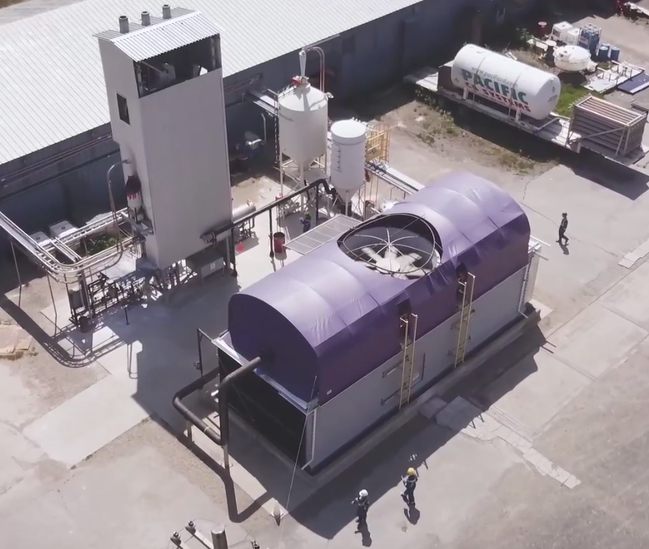‘Breakthrough’ made in lower cost carbon capture technology
New research claims to have made a major step forward in the economics of removing carbon dioxide from the atmosphere.

Planting trees is a simple way to offset some of the carbon emissions we pump into the atmosphere.
But alone it is not enough to prevent the runaway impacts of climate change.
New research claims to have made a major step forward in the economic viability of directly removing carbon dioxide from the atmosphere, using a new type of technology.
A Canadian company, called Carbon Engineering, has published peer-reviewed findings, which show the process can now be done for less than $100 per ton. This is a major improvement on current estimates of $600 per ton.
There are various types of carbon capture and storage technology, designed to suck the climate-polluting gas out of the air, or at the source. It is seen by some scientists as an ideal way of stopping climate change, but it has proved difficult to commercialise, and its large-scale feasibility is disputed.
Carbon Engineering’s innovation is to create a way of turning the carbon dioxide into a liquid fuel, using extractor fans and a cooling tower.
The new findings are based on three years of research at a site in British Columbia, led by Harvard Professor David Keith.
“We’ve been working on direct air capture since 2009, running our pilot plant since 2015, and we now have the data and engineering to prove that direct-air capture can achieve costs below $100USD per ton,” he said.
The company believes its “proven” technology can help benefit the climate in two ways: both by removing carbon dioxide and by providing a clean fuel for the transport sector.
It is reportedly producing one barrel a day of the fuel, but with a long-term ambition to scale-up production to 2,000 barrels.
Steve Oldham, CEO of Carbon Engineering, said: “Our clean fuel is fully compatible with existing engines, so it provides the transportation sector with a solution for significantly reducing emissions, either through blending or direct use. Our technology is scalable, flexible and demonstrated.”
The full research paper was published in Joule and can be read here.
Source: Globe and Mail






